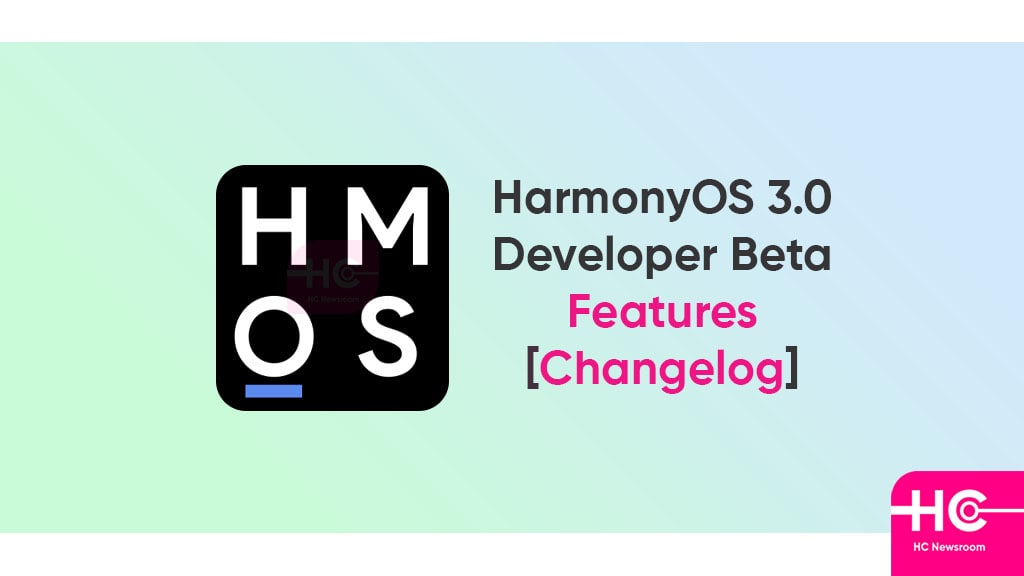HarmonyOS
HarmonyOS 3.0 developer beta features [Full Changelog]

Huawei has started rolling out the HarmonyOS 3.0 developer beta for its device consumers. And the day will arrive soon when the company will officially release the most-awaited operating system for Chinese smartphone and tablet users. Since there is still some time left in the launch of the next HarmonyOS 3.0, let’s talk about the HarmonyOS 3.0 developer beta and its full technical changelog.
The Chinese tech giant has started pushing off the HarmonyOS 3.0 beta package for its smartphones and handy gadgets relying upon public beta activity. Meanwhile, Huawei fans are speeding up the process of enrolling their corresponding devices so that they can have early access to eye-catching features.
Aside from the consumer version, there’s also a list of changes and features that have been added for the developers in the first HarmonyOS 3.0 developer beta. Therefore, it also has a separate technical HarmonyOS 3.0 developer beta changelog along with lots of programming, framework, and IDE-related improvements over the past version of HarmonyOS.
Below we’ll explore the new features of the HarmonyOS 3.0 developer beta.
HarmonyOS 3.0 developer beta features [Full Changelog]
- Supporting JS / eTS SDK and Native SDK, it is recommended to use JS / eTS for application development.
- OpenHarmony SDK adds API Version 8 Release interface.
Download HC Newsroom App
API Version 8: Functions
As per the information, the new beta pack will help in the development of applications, based on API Version 8. Consequently, it will bring support to JS /eTS programs that will give more options to design the applications and services accordingly.
This API Version 8 adds 2300+ JS /eTS API interfaces, enabling JS /eTS language development to cover 80% of the capability modules. It mainly includes the following elements:
- Based on the original touch screen input mode, it supports more interactive modes: keyboard as well as the mouse.
- Added columns, sidebars, rich text components, and animation effects (such as shared element cutscenes) to better support application development and motion development on widescreen devices.
- Add a series of application framework interfaces and corresponding toolchains. Supports the use of pure JS to implement the UI layout and business logic of the card.
- Added a series of event notification interfaces, supporting the most common types of notifications.

Addition of Optimized File & Network Management
- Added a series of distributed soft bus interfaces to support communication between applications (within the same device and across devices) using JS / eTS language.
- Added a series of media data management interfaces, optimized the media file processing (adding, deleting, and modifying) capabilities of local public directories and physical albums, and supported the processing of media file data through object-oriented methods (relative to URL methods).
- Added a series of network connection management interfaces to support unified management of local Wi-Fi and cellular data networks.
- Added a series of interfaces for graphics and image capabilities to provide basic capabilities for WebGL rendering. Moreover, developers can develop games and windowed applications based on WebGL.
- Use ArkCompiler to replace the V8, QuickJS engine.
- Added a series of task management interfaces to support long-term tasks. For instance, playing music in the background and navigation tasks.
- Added a series of DFX capability interfaces to support distributed tuning and call chaining. Further, it supports distributed business process management among multiple devices, as well as supports obtaining crash and stuck fault logs.
(Source)






